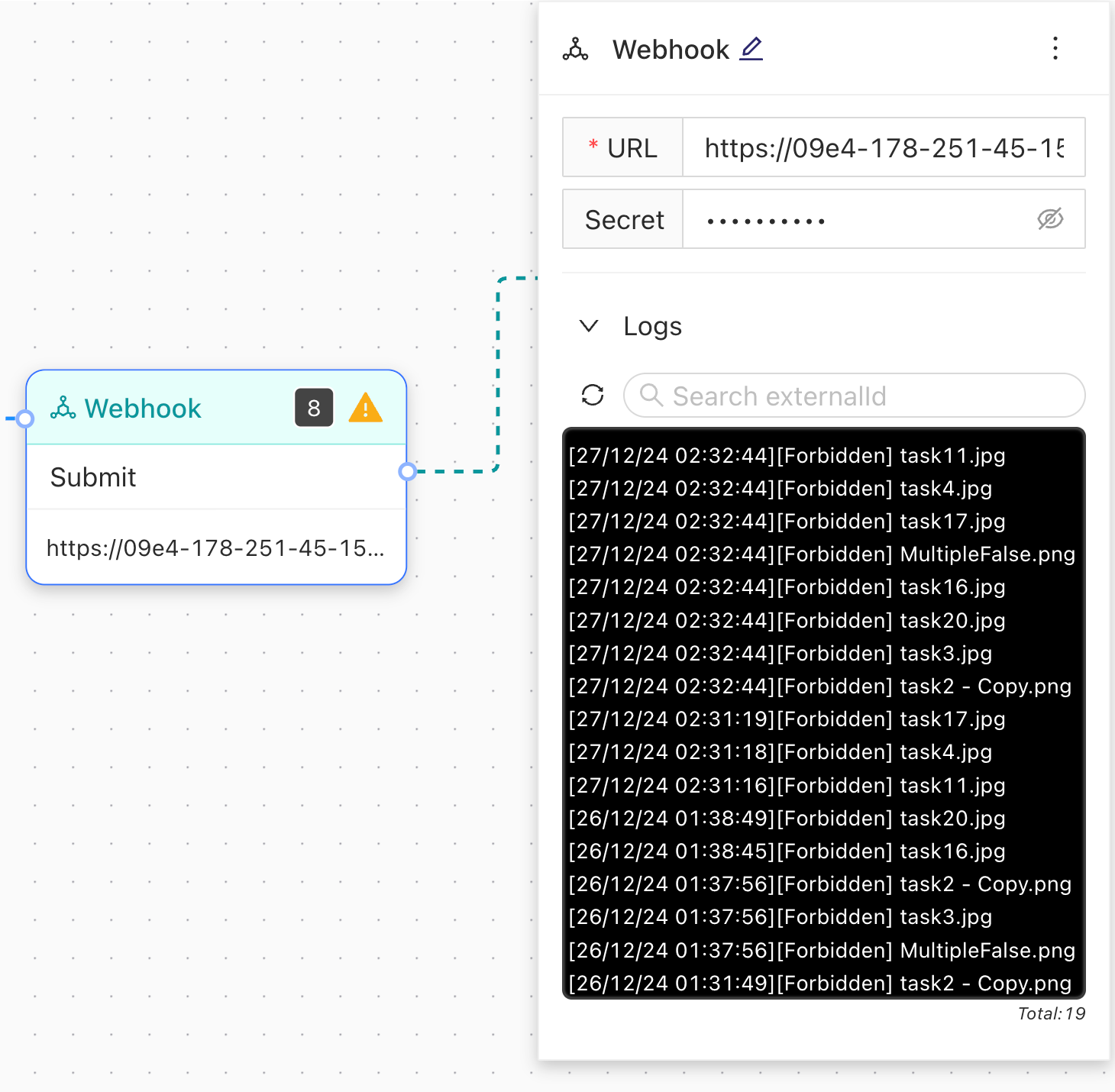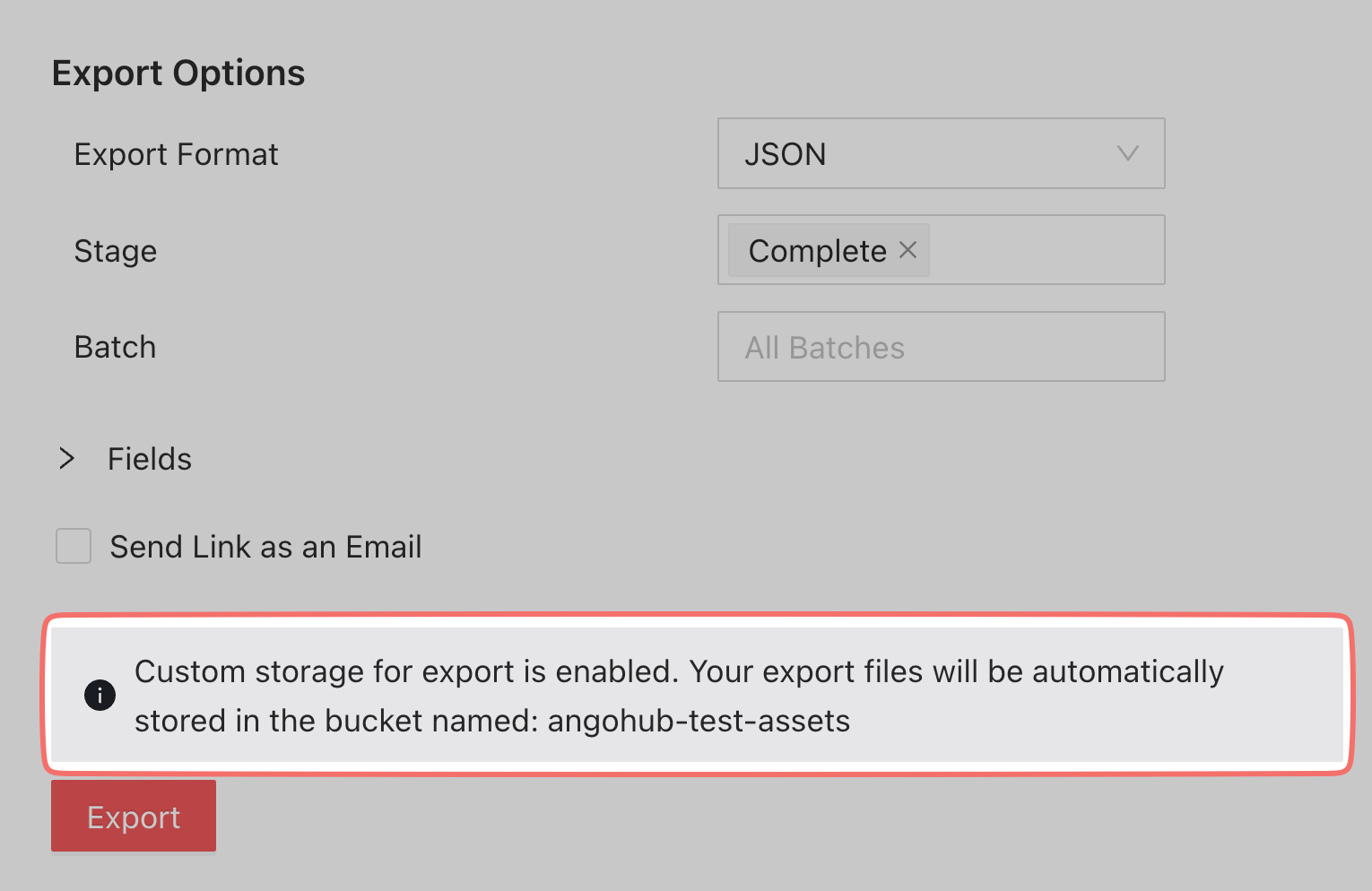The Text class type can now have nested classifications. Such classifications appear immediately upon the user entering any text.
The Entity labeling tool now has a toggle allowing project managers to determine whether the content of the spans will be included in the export or not.
The Webhook stage settings now contain exhaustive logs of all webhooks fired.

Objects created with the Point tool are now included in benchmark score calculations (in projects where benchmarking is active).
Issues can now be filtered by batch.
If a custom export storage has been activated, the project’s Export tab will now display a warning.

Organization admins can now access development settings for all plugins in the organization they are admins in.
In multiple classifications, unless it is the only one, users can now delete the first classification answer.
In the “Objects” panel in the labeling editor, clicking on a row now selects an object without expanding or collapsing it. To expand or collapse objects, users must now use the arrow on the left side of the each object’s row.
The color of the background and the intensity of the light source in the 3D viewer in the medical editor have been changed to improve contrast and clarity.

Ango Hub’s NRRD segmentation output has been improved to increase compatibility with 3D Slicer. Now, when imported, class names will appear correctly on Slicer in all scenarios.
Unused libraries were removed under the hood, bringing potential loading time and security improvements.
The “Invite Member” dialog in the Organization page now warns org admins if some of the emails they have provided are not in a valid format before attempting to send the emails.
The “Threshold” tab in the Consensus stage settings now contains text to aid the user in understanding how consensus threshold works.